Restaurants store butter at room temperature
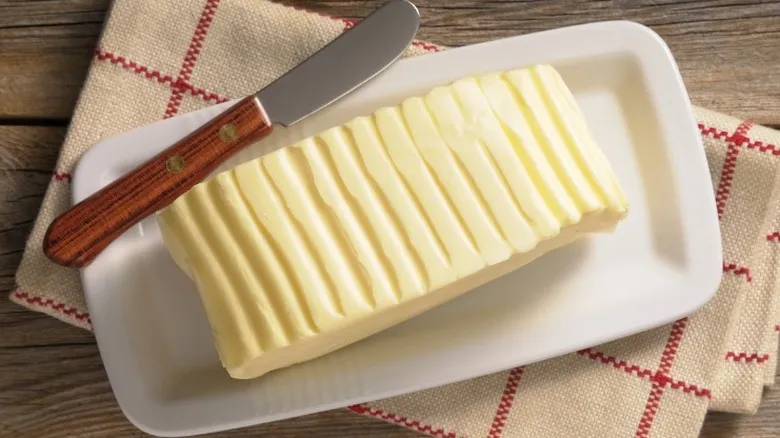
Butter should always be kept in a cool environment for long-term storage, but restaurants use large quantities daily and only need to refrigerate a portion. There's no need for "Chef Mic" to soften butter, as microwaving can be tricky. Instead, allowing the butter to sit at room temperature will achieve that creamy, spreadable consistency that makes it easier to handle. While patience is key when softening butter, using a mallet or grater on a particularly cold block can be useful in a hurry. Chefs in restaurants understand that the ideal texture is smooth and pliable, but not melted or hard.
Whipped butter is the perfect topping

Whipped butter is a fluffy, airy spread commonly enjoyed with warm bread rolls and biscuits. To prepare whipped butter, chefs incorporate a small amount of water, milk, or margarine to enhance its smoothness as it spreads over a stack of pancakes.
While its light texture may not be suitable for all cooking applications, it shines as a delightful topping for baked treats. It's no surprise that establishments like Outback Steakhouse, Texas Roadhouse, and Cheesecake Factory serve their bread with this deliciously literal combination of bread and butter.
Restaurant butter may contain more butterfat

Not all butter has the same flavor or performance. Many chefs in restaurants favor European butter, particularly Irish butter, due to its higher butterfat content. In the U.S., butter must contain at least 80% butterfat, but in many European countries, it's typical to find butter with an 82% butterfat content.
In Chowhound's evaluation of store-bought salted butter, Kerrygold received the top score in the taste test. Salted butter enhances the savory taste of steak and vegetable dishes, while unsalted butter is preferred for baking sweet desserts because of its milder flavor.
Compound butter boosts flavor
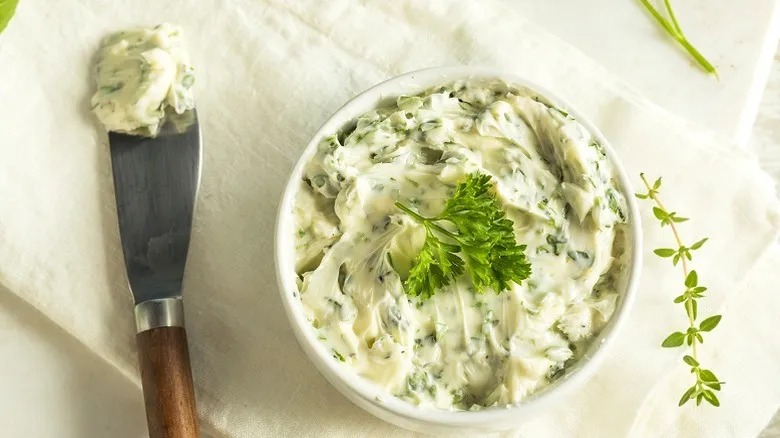
Numerous restaurants, particularly upscale dining venues, have mastered the technique of creating and serving compound butter. The recipe for compound butter is quite simple: just blend butter with various flavorful ingredients. Garlic is one of the most frequently used additions due to its robust flavor. You can also incorporate lemon or olive oil along with herbs like parsley, rosemary, or thyme; the possibilities are limitless and should be customized to complement the dish.
Compound butter is often used to enhance steaks, adding an extra layer of juiciness and flavor. It can also be spread on appetizers or drizzled over plain noodles, transforming them into a much more delicious version of buttered noodles.
Browned butter might be the secret ingredient
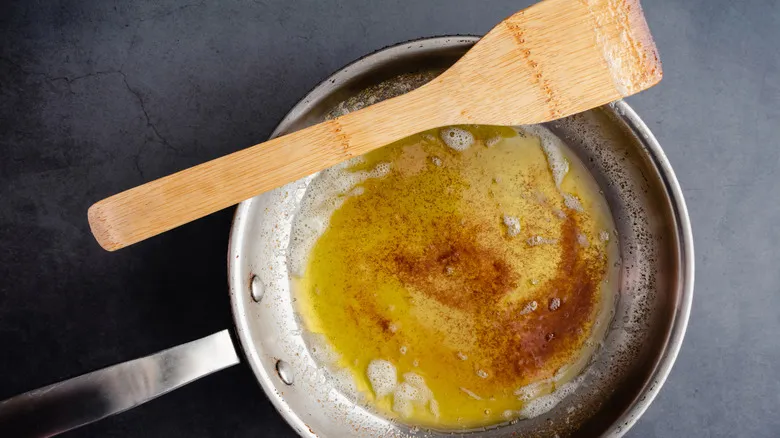
Chefs create brown butter by caramelizing the milk solids, resulting in a rich, nutty flavor accompanied by a delightful toasted aroma. Achieving the perfect brown butter requires a precise balance of time and heat, as it can easily burn.
The outcome is a versatile sauce that can be drizzled over dishes or utilized in a range of cooking and baking applications. Brown butter is simple to prepare and integrate into home recipes, and it’s one of the reasons why restaurant meals often have a superior taste.
Recommended
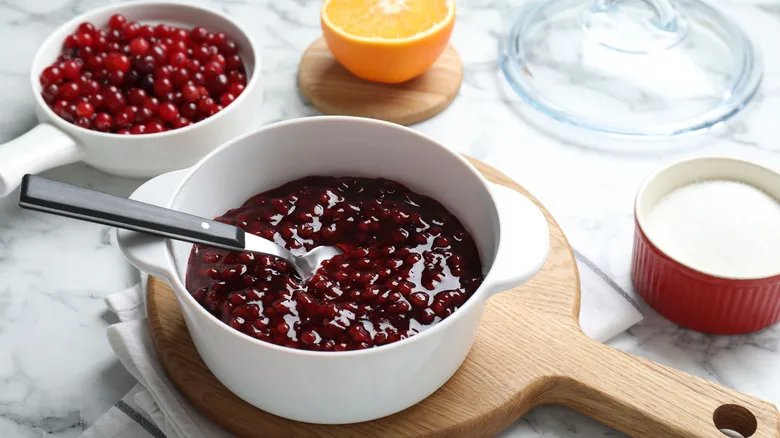
Take Your Cranberry Sauce To The Next Level With One Candied Ingredient
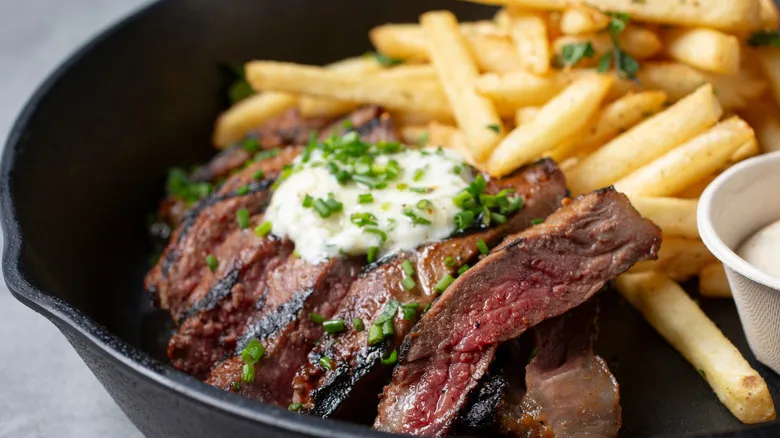
The Kitchen Appliance You Need For The Perfect Steak Frites

The Best Fried Fish Tacos Are All About The Right Batter
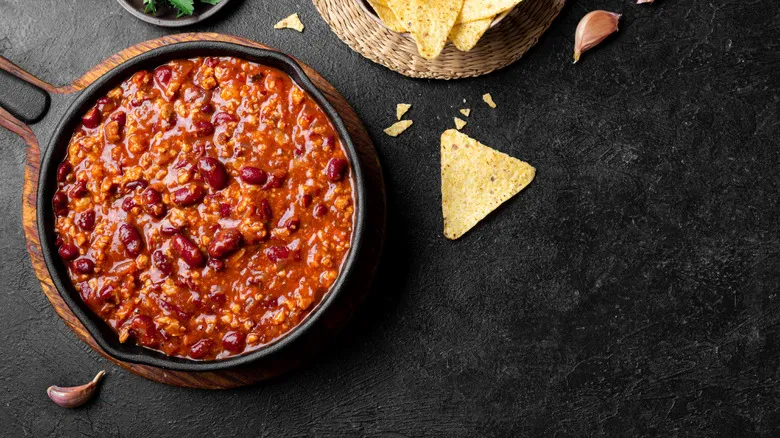
Pork Chorizo Is The Bold Chili Meat Swap For Big Smoky Flavor
Next up

